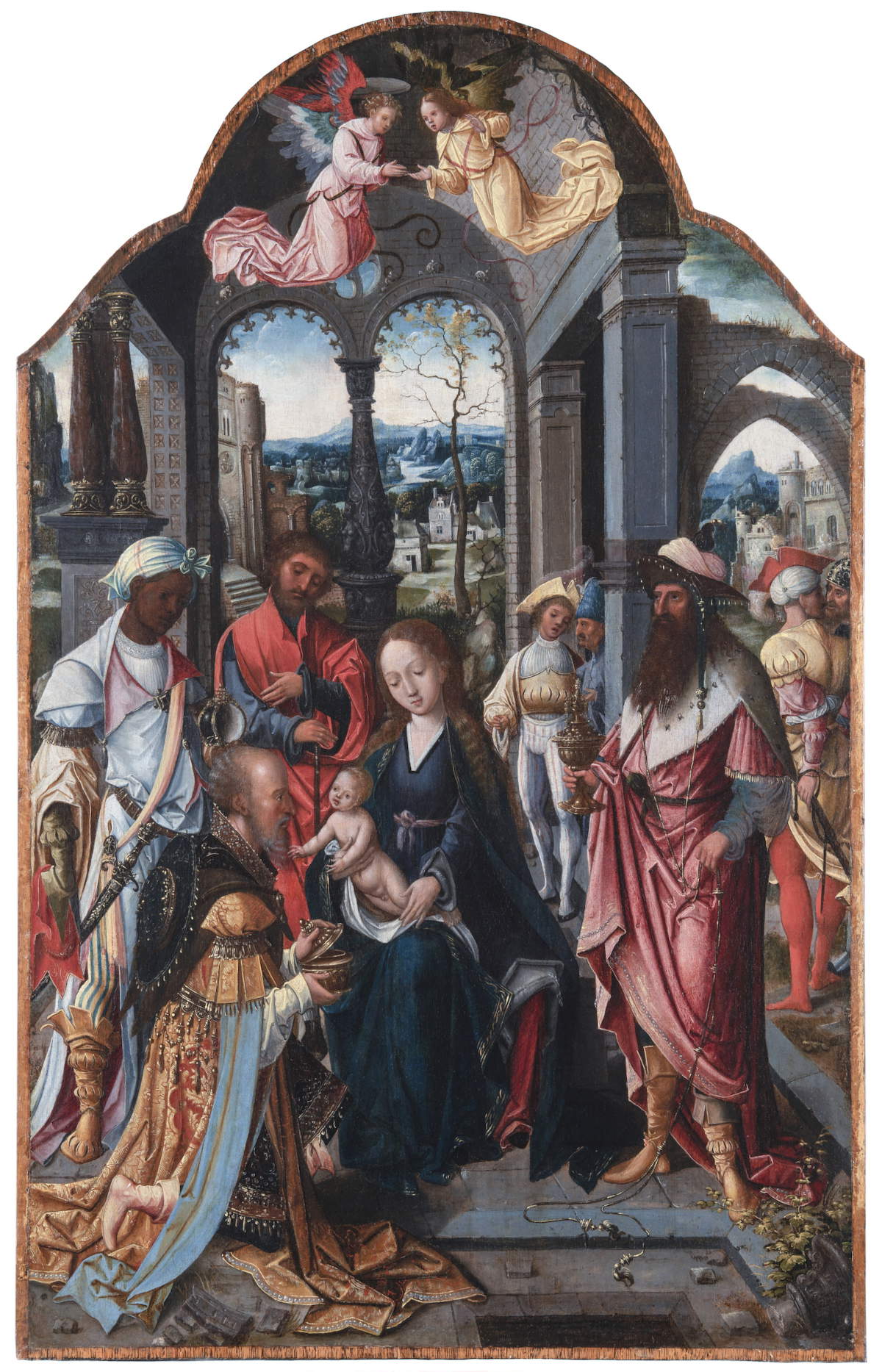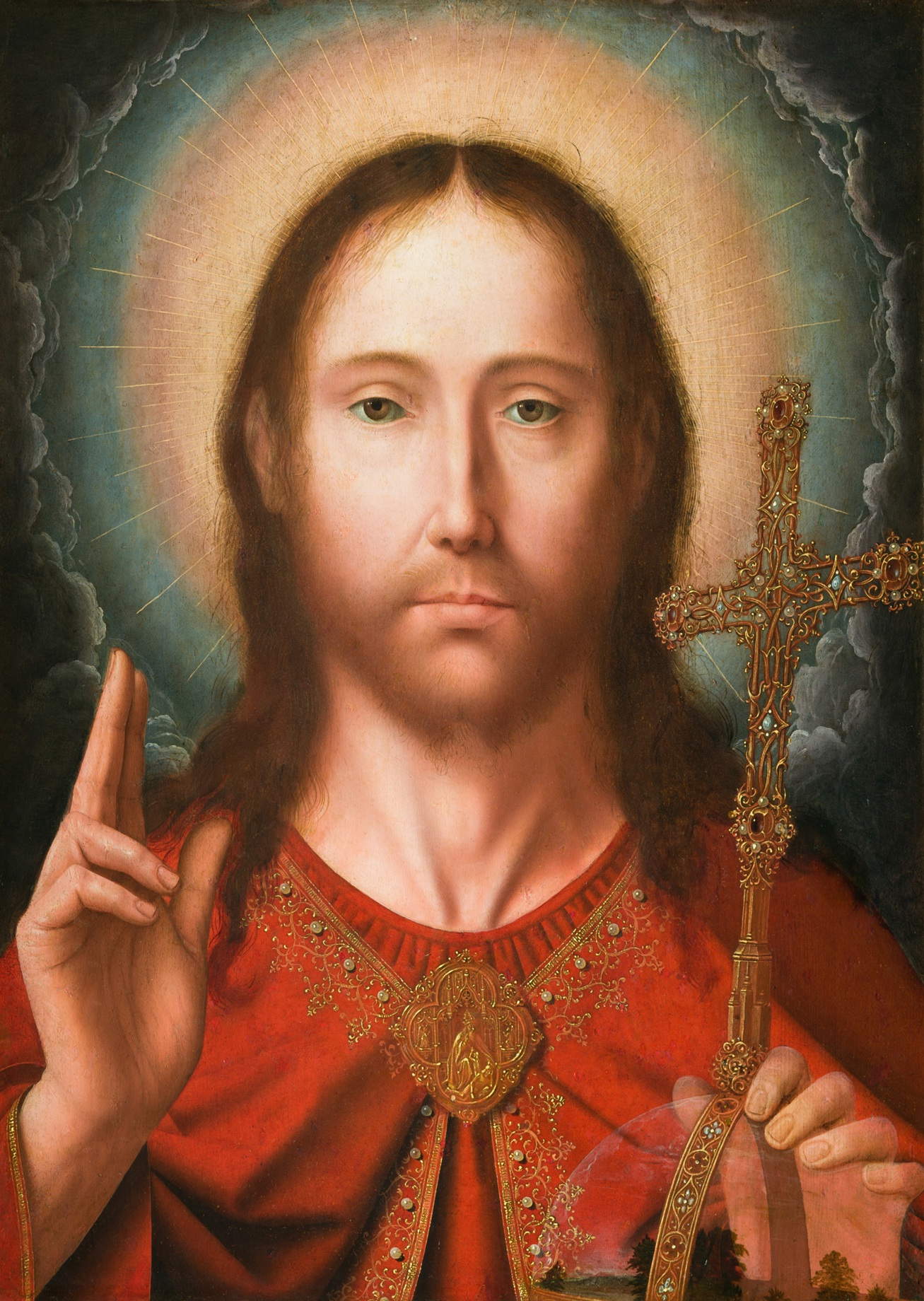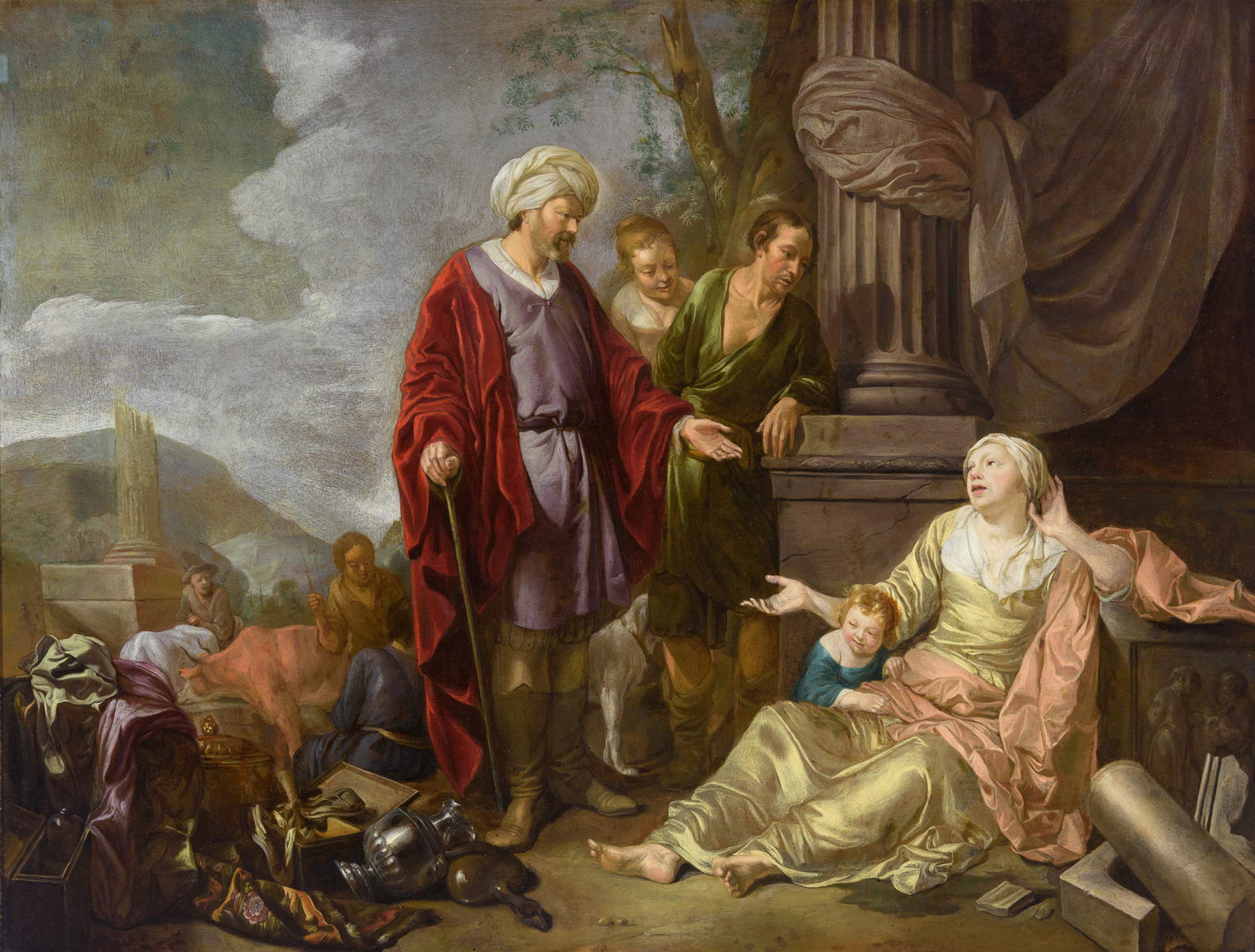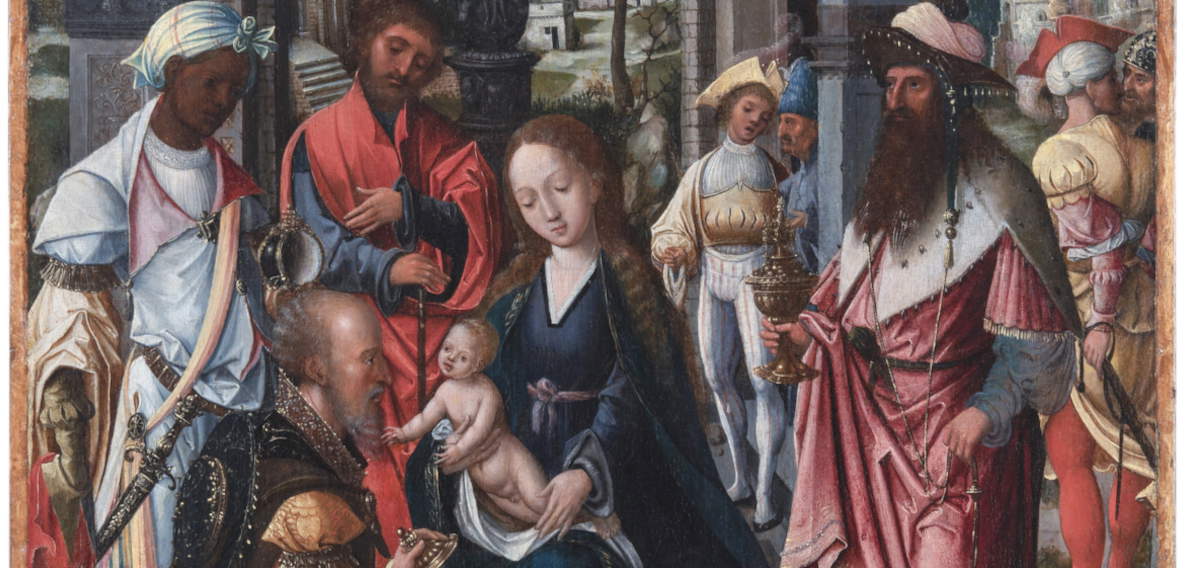From November 28, 2025 to May 3, 2026, the Pinacoteca dell’Accademia Albertina in Turin will host the exhibition Gleams of the North. Flemish and Dutch Painting between the Sixteenth and Seventeenth Centuries and its Fortune in Piedmont, curated by Alberto Cottino and Serena D’Italia. The exhibition aims to uncover and rediscover the main Flemish and Dutch works of the Mossi di Morano donation, investigating the origins of the collection and relating it to the other main nuclei of Nordic paintings and drawings formed in Piedmont over the centuries.
The centerpiece of the exhibition will be two panels by Maarten van Heemskerck (Heemskerk 1498 - Haarlem 1574), at a time when the Dutch painter is enjoying renewed attention thanks to the major international exhibitions recently opened on the occasion of the 400th anniversary of his death. A number of significant works by Nordic bamboozlers in Piedmont and eighteenth-century Piedmontese influenced by them will also be exhibited, with a nineteenth-century appendix. The exhibition project thus aims to be an opportunity to present some unpublished paintings that have never been exhibited to the public, making use of the contributions of some recognized Italian and foreign specialists.
The paintings donated to the Regia Accademia Albertina in 1828 by Archbishop Vincenzo Maria Mossi di Morano constitute, together with the Gaudenzian cartoons that arrived a few years later at the behest of Carlo Alberto, one of the founding nuclei of today’s Pinacoteca. After two important phases of study, which took place in the 1930s and 1980s, respectively, the Mossi di Morano collection has no longer been the subject of systematic analysis, although important documentary funds relating to the family that formed it are still available. Alongside works by prominent Italian artists, including Filippo Lippi, Francesco Francia, Bartolomeo Cavarozzi, and Mattia and Gregorio Preti, the collection also holds a significant set of Flemish and Dutch paintings dating between the 16th and 17th centuries, which probably came to the Mossi di Morano in ancient times, most likely already by the end of the 17th century.


The fortune of Nordic painting in Piedmont has its roots in the past: thanks to the frequent economic and commercial exchanges that linked mercantile centers such as Chieri, Asti, Casale and Mondovì to Flanders, some important masterpieces of Flemishars nova landed in the territory, already in very ancient times, and are now preserved in the most prestigious European museums. Nordic works, not only paintings, but also drawings, sculptures, tapestries and goldsmithing artifacts, have always been particularly prized by Piedmontese collectors, starting with the dukes of Savoy. The earliest inventory that has come down to us, dating back to 1635, attests to the presence of Flemish works in the ducal collections, a sign of an interest that during the 17th century extended to Dutch paintings, as much Caravaggesque in scope as related to genre painting, and that culminated in 1739, when Charles Emmanuel III acquired en bloc the celebrated collection of Prince Eugene of Savoy-Soissons.
From that time on, the presence of northern European works continued to be a constant in the policies of enrichment of Turin’s art collections, both public and private, as the museum archives and the inventories of the city’s main picture galleries testify. This tradition continued with donations such as that of the Marquises Falletti di Barolo, which entered the Regia Pinacoteca in 1864, or that of Carlo Oreste Strocco, a former student and then teacher at the Accademia Albertina, who left some paintings to the Pinacoteca in 1982.
The cultural openings of the dukes to northern Europe, and in parallel to France, also played a decisive role in the evolution of local artistic taste. In Turin and Piedmont, especially from the second half of the seventeenth century, a remarkable sensibility toward bamboozling and genre painting developed. Flemish and Dutch artists such as Jan Miel and Pieter Bolckman stayed in Turin for a long time, influencing the choices and orientations of the painters of the following century: from the refined storyteller Pietro Domenico Olivero (1679-1755), to the talented and esteemed court painter Angela Maria Pitteti known as Palanca (1690-1763), to the lively and sometimes almost popular Giovanni Michele Graneri (1708?-1762?), all of whom were engaged in vividly and humanely depicting the daily life of the people at the dawn of the Enlightenment and a few decades after the profound social upheavals that would transform Europe at the end of the century.
The exhibition will be open every weekday and holidays from 10 a.m. to 6 p.m. (last admission at 5:30 p.m.). Closed on Wednesdays. It is included in the Museum’s admission ticket with its collection: full 10 euros; reduced 8 euros for children and young people aged 6 to 18, university students up to 26, conventions and groups. Free for children under 6, teachers, Abbonamento Musei and Torino + Piemonte Card holders.

 |
| Turin, an exhibition on the fortunes of Nordic painting in Piedmont at the Pinacoteca Albertina |
Warning: the translation into English of the original Italian article was created using automatic tools. We undertake to review all articles, but we do not guarantee the total absence of inaccuracies in the translation due to the program. You can find the original by clicking on the ITA button. If you find any mistake,please contact us.